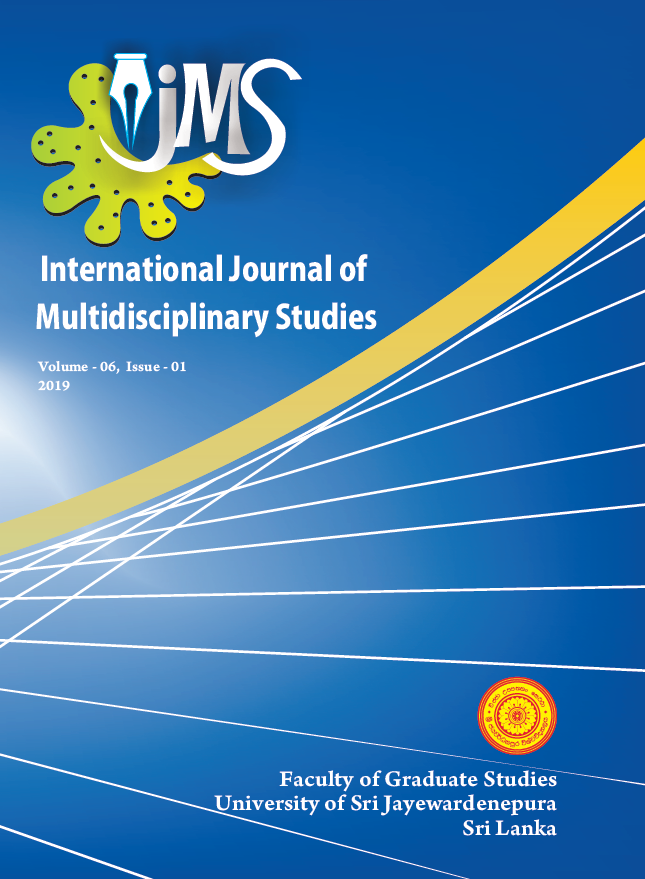Spectroscopic Methods For Lubricant Quality Control In Engines And Gear Boxes
DOI:
https://doi.org/10.31357/ijms.v6i1.4219Abstract
Lubricants play a vital role in reducing the wear and tear of engine/gear box metal parts. Number of analytical and spectroscopic methods have been used to analyze the quality of the lubricant oil. Moreover some parameters such as Total Acid Number (TAN), viscosity index also have been used to analyze the quality of the oil. Several used wind turbine gear oil samples were analyzed by various spectroscopic methods such as UV-Visible, Fourier-transform infrared (FTIR) and Fluorescence Spectroscopy. Fluorescence method gave promising results among those three spectroscopic methods. In order to study thermal degradation, motor oil samples were subjected to artificial aging in the laboratory conditions by heating them up to different temperatures for different time periods and then subsequently analyzed with fluorescence spectroscopic method. Subsequently two used engine oil samples from a same diesel engine vehicle were analyzed using fluorescence spectroscopic method. Notable variation in fluorescence emission intensities was observed with oil aging. Intensity of the fluorescence emission signal decrease with oil degradation. Therefore fluorescence spectroscopic method can be used to predict the reusability of gear oils as well as to identify the oil degradation. This method can be further extended to develop a novel potential sensor to detect the quality of oil in various types of engines.
KEYWORDS: Lubricant oil, Oil degradation, Fluorescence spectroscopy, Analytical methods.

